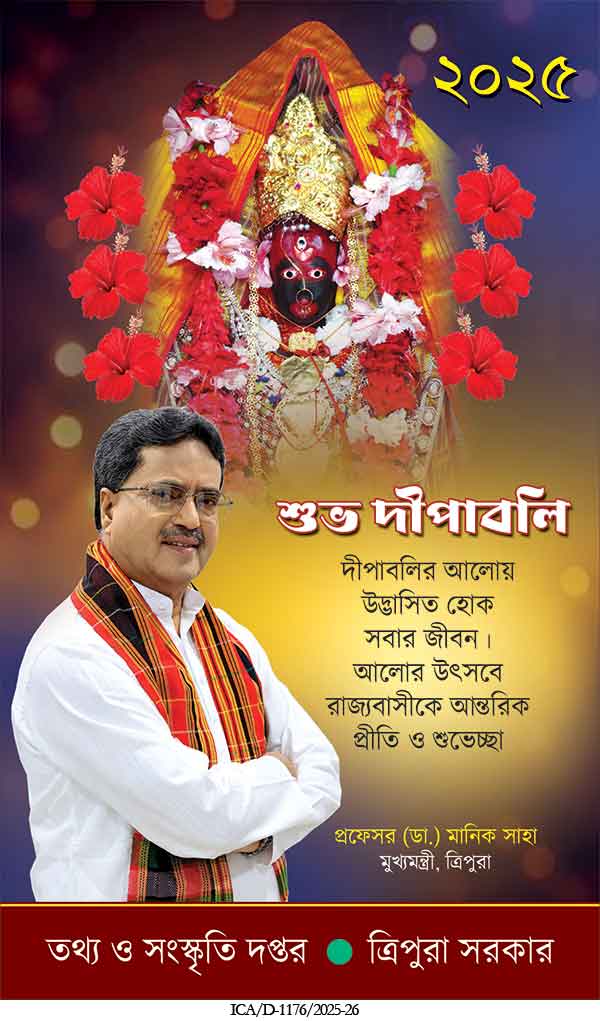The Kartarpur Sahib Gurudwara in Pakistan has been submerged due to monsoon floods, disrupting Sikh pilgrimages and closing the Kartarpur Corridor. Experts stress that sustainable flood management, resilient infrastructure, and cross-border cooperation are essential to safeguard this vital symbol of faith, culture, and Indo-Pak diplomacy from future environmental crises.
The Kartarpur Sahib Gurudwara, one of Sikhism’s holiest sites, has been left devastated by severe flooding following torrential monsoon rains and the swelling waters of the River Ravi. The unprecedented inundation not only submerged the sacred shrine but also forced the closure of the 4.5-kilometer-long Kartarpur Corridor— the visa-free passage connecting India and Pakistan that has stood as a beacon of cross-border religious harmony since its inauguration in 2019.
According to a report published by Khalsa Vox, floodwaters rose to levels between 10 to 12 feet within the Gurudwara complex. Ground floors, sanctums, and access routes were completely submerged, temporarily trapping over a hundred Sikh pilgrims and officials. Emergency rescue operations with boats and helicopters were deployed to evacuate them. Volunteers played a crucial role in safeguarding sacred items, ensuring that the Guru Granth Sahib—the Sikh holy scripture—was safely moved to higher floors.
For the global Sikh community, this closure carries not just logistical challenges but also deep emotional and spiritual consequences. The Kartarpur Sahib is revered as the final resting place of Guru Nanak Dev Ji, the founder of Sikhism. Pilgrimages to this site symbolize a rare and meaningful intersection between faith, cultural identity, and diplomacy. Its sudden closure has disrupted the sacred connection for thousands of devotees, highlighting how fragile these ties can become in the face of natural disasters.
Symbol of Faith and Diplomacy Under Threat
The Kartarpur Corridor was envisioned as a peace-building initiative, offering Indian Sikh pilgrims a direct route to pay homage at Guru Nanak’s shrine without requiring visas. Over the years, it has grown into a powerful symbol of religious tolerance and cross-border goodwill, even during periods of heightened tension between India and Pakistan.
However, the recent floods have shown that this historic corridor is not immune to the forces of nature. What should have been a resilient spiritual and cultural link has instead been exposed as deeply vulnerable. The disaster underscores the urgent need for both countries to recognize that maintaining the corridor is not merely about diplomatic symbolism but also about ecological resilience and sustainable infrastructure.
Beyond Immediate Fixes: A Call for Flood Management
Experts and community voices emphasize that temporary repairs will not suffice. The scale of the flooding points to systemic issues in flood management across the region. The Ravi River, which has historically witnessed seasonal fluctuations, has become increasingly unpredictable in recent years due to changing climate patterns and erratic monsoon rains.
The report stressed that ensuring the Kartarpur Corridor’s long-term sustainability requires more than patchwork restoration. Instead, it calls for:
Coordinated Flood Management Systems – A bilateral framework where both India and Pakistan share data, resources, and strategies to address river management and flooding risks.
Resilient Infrastructure Development – Elevating and flood-proofing key structures, including the Gurudwara complex, pilgrim facilities, and the passageway itself, to withstand extreme weather events.
Cross-Border Cooperation – Moving beyond political tensions to ensure the preservation of a site that holds universal cultural and spiritual significance.
Environmental Crisis as a Shared Challenge
Climate change has emerged as a silent disruptor of South Asia’s cultural and religious heritage. The submergence of Kartarpur Sahib is not an isolated incident but part of a growing pattern where historic and sacred sites face risks from rising waters, heatwaves, and environmental degradation.
The closure of the Kartarpur Corridor is a stark reminder of how environmental crises can abruptly sever spiritual and cultural connections that transcend national boundaries. It also highlights the shared vulnerability of South Asian nations, whose cultural treasures and religious heritage are increasingly at the mercy of climate-related disasters.
A Living Bridge That Must Endure
The Khalsa Vox report poignantly observed that the submerged Kartarpur Corridor is a metaphor for the delicate balance between faith, politics, and nature. At a time when hope is often strained by geopolitical hostility, the corridor’s existence reminds the world of the potential for unity and reconciliation. Its flooding, however, reveals how quickly progress can be undone without foresight and commitment.
Safeguarding the corridor requires both governments to treat it as more than just a diplomatic token. It must be approached as a living bridge—one that is historically, spiritually, and ecologically significant. By addressing flood risks with seriousness and cooperation, India and Pakistan have the opportunity to demonstrate that faith and humanity can prevail over both politics and nature’s fury.
| Also Read: Pakistan Accused of Deepening Sufferings of 1971 Bangladesh Genocide |
In the aftermath of this disaster, the path forward must not be defined by immediate fixes but by a long-term vision that integrates environmental resilience with cultural preservation. For millions of Sikhs worldwide, and for the principles of peace and cooperation in South Asia, ensuring the resilience of Kartarpur Sahib is not just a necessity—it is an obligation.





